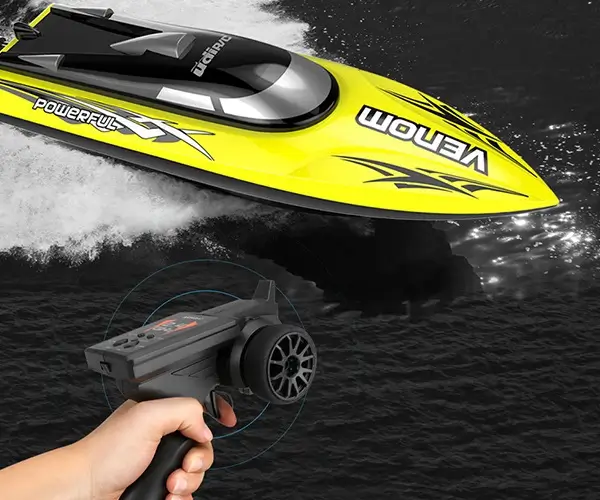Ever wondered how to bring a little life to your DIY projects? Let’s talk about one tiny marvel that can turn basic models into something more dynamic—using a servo motor with your Arduino. It’s like giving your little creation a muscle, making it move, pivot, or even dance like it’s got a mind of its own.

Imagine you're building a robotic arm. You could just mount a servo motor, connect it to your Arduino, and suddenly, that arm starts reaching out, grabbing, or waving. It’s almost addictive—once you see that little motor spin precisely to your commands, it’s like science fiction turning real. But here’s the thing, how do you make that magic happen? That's where the real fun begins.
First, picking the right servo motor matters. There’s a huge range—from tiny micro servos perfect for light, low-torque acts to the beefy ones that can lift a small object. Match the motor's torque and speed to what you’re planning. Connect it to the Arduino's PWM (pulse-width modulation) pin. The wiring is simple—power, ground, and signal. Still, every time you see that first flicker of movement, it feels like a little victory. That’s the power of proper wiring combined with the right code.
Speaking of code, it’s surprisingly straightforward. You load up the Arduino IDE, set the servo library, and tell it to listen to the position you want. Want the servo to turn to 90 degrees? Just a line of code. Want it to swing back and forth? Add a delay, and suddenly your project has rhythm. Play around with the values, and you’ll notice how smoothly it transitions—so satisfying. And once you get that down, you can start making complex sequences or even program it to respond to sensors.
One question I often get: "How precise can I get with a servo?" Well, most serve motors used with Arduino have a range from 0 to 180 degrees. That’s plenty for most hobbyist projects. But if you’re after tighter control, look into digital servos—they're a bit more costly but give you finer resolution and faster response times.
Think about integrating this setup into something fun—a camera mount that tracks movement, a tiny robot that dances with your playlist, or an automated door. The possibilities are almost endless. It’s not just about making something move; it’s about sparking your creativity. If your project needs a bit of attitude, a servo is your best friend.
So, how do you make sure it works? First, power supply—never run a servo off the Arduino’s 5V pin for too long; even small servos can draw more current than it can handle. Use a separate power source and connect the grounds. Then, test with simple codes, check the movement, and tweak the angles until it feels right. Before you know it, you'll be soldering wires and programming more complex behaviors.
That moment when your servo smoothly swings, responding perfectly—nothing beats that. Let your imagination run wild; connect some sensors, add more servos, and give your projects that extra edge. It’s simple enough to start but powerful enough to transform your ideas into tangible motion. Think of it as the heartbeat for your next big project—an essential component that turns static into kinetic art.
Established in 2005, Kpower has been dedicated to a professional compact motion unit manufacturer, headquartered in Dongguan, Guangdong Province, China. Leveraging innovations in modular drive technology, Kpower integrates high-performance motors, precision reducers, and multi-protocol control systems to provide efficient and customized smart drive system solutions. Kpower has delivered professional drive system solutions to over 500 enterprise clients globally with products covering various fields such as Smart Home Systems, Automatic Electronics, Robotics, Precision Agriculture, Drones, and Industrial Automation.




































